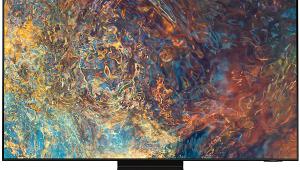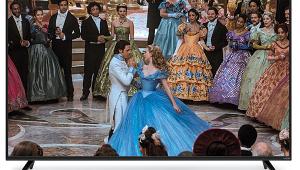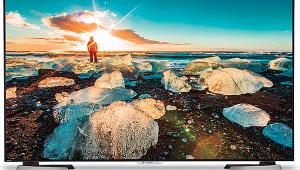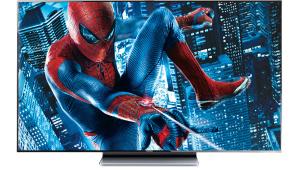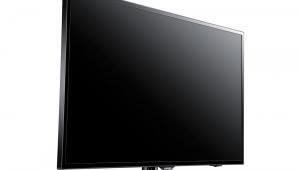Vizio E601i-A3 LCD HDTV Page 2
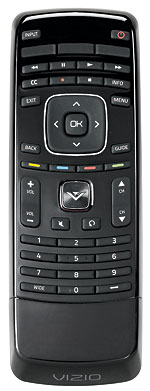 Comparisons
Comparisons
The only set we had on hand comparable in size to the Vizio was the Panasonic TC-P65VT50 (Home Theater, October 2012). Hardly fair, perhaps, since the Panasonic carries an MSRP of $3,700. But I went with it anyway, making fine adjustments to the Panasonic’s contrast control to equalize both the visible and measured brightness of the two sets as much as possible. One key difference between LCDs and plasmas makes such matching difficult and is a characteristic you must allow for in any direct LCD/plasma comparison. If you equalize the brightness of an LCD and a plasma at a midlevel average brightness, the LCD will nearly always look punchier on very bright images. Plasmas, for technical reasons having to do with practical power supply limitations, automatically scale back their output levels on very bright scenes.
LCDs don’t do this. With normal sources, this effect is never visible (such as the pumping you sometimes see on a projector with a poorly designed dynamic mechanical iris), but it’s one reason LCDs can produce brighter images.
The most surprising result of this comparison was virtually identical color from both sets. The Vizio had that slight bluish look in very dark shadows I mentioned earlier, whereas on the same scenes, the Panasonic was more convincingly gray. But you’d never notice it outside of a side-by-side test like this one.
The face-off in resolution was also an eye opener. While neither set was soft, the Vizio clearly looked sharper on fine details. This was consistently true from source to source, even after I turned up the Panasonic’s sharpness control from my preferred setting of 10 to 20 (any higher, and white line edge enhancement became visible). Again, however, this would be unnoticeable absent a direct comparison, and the Panasonic’s resolution inched to the front whenever there was significant motion and the Vizio was used without its motion interpolation (which I never used, except to test it).
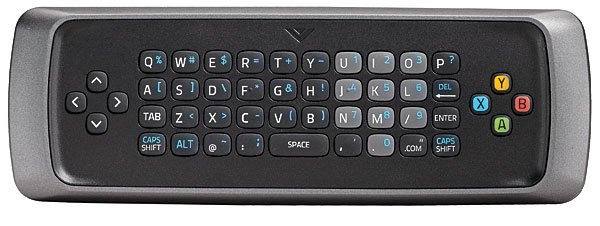
Not surprisingly, the Panasonic plasma’s off-axis performance was vastly better than the Vizio’s. And on very dark material, the Panasonic also leaped clearly ahead. The opening scenes from Prometheus (a spectacular video and audio transfer, by the way) were stunning on both sets in their clouded, gloomy beauty. But once the action moved into those darkened, alien caves, the differences could not have been more striking. The Vizio performed respectably here, but the Panasonic easily trumped it. Chapter 10, in particular, begins with a completely black image. The Vizio’s screen is dark gray. The Panasonic’s screen doesn’t drop to total black when viewed in a darkened room, but in comparison it comes much closer to that ideal. As the scene progresses, the explorers’ flashlights emerge slowly from the ominous blackness, progressively illuminating more and more (but not all) of the shadowy cave walls. The creepy blackness of the environment surrounds you with the Panasonic; the Vizio, while hardly disappointing, can’t quite replicate this emotional impact and reminds you that you’re simply watching an HDTV—though a very good one.
The Samsung 51E550D1F plasma (Home Theater, January 2013) was also still on hand. And at just under $1,200, it’s far closer in price to the Vizio. In terms of color and resolution, both sets are comparable. But while both sets do well enough on dark scenes with sufficient bright highlights to draw the eye away from the darker areas, the Vizio offers much better black-level performance on those truly dark, low-contrast scenes. The Samsung’s 50-inch screen is also much smaller, but in compensation, it offers 3D plus the exemplary off-axis performance that, so far, only plasmas can provide. You pay your money, and you take your choice.
Conclusions
We’ve become so accustomed in home theater land to HDTVs that sell for $3,000, give or take, that it’s a shock when a good set comes along selling for a fraction of that price. True, you can’t get everything for so little. But new companies must define themselves, and Vizio—settled enough to be among the sales leaders but young enough that most of the world’s entrenched video companies have older office copiers—has clearly defined itself on value. That’s exactly what you get here, together with the sort of flat-screen performance you couldn’t dream of a few years ago—at any price.
